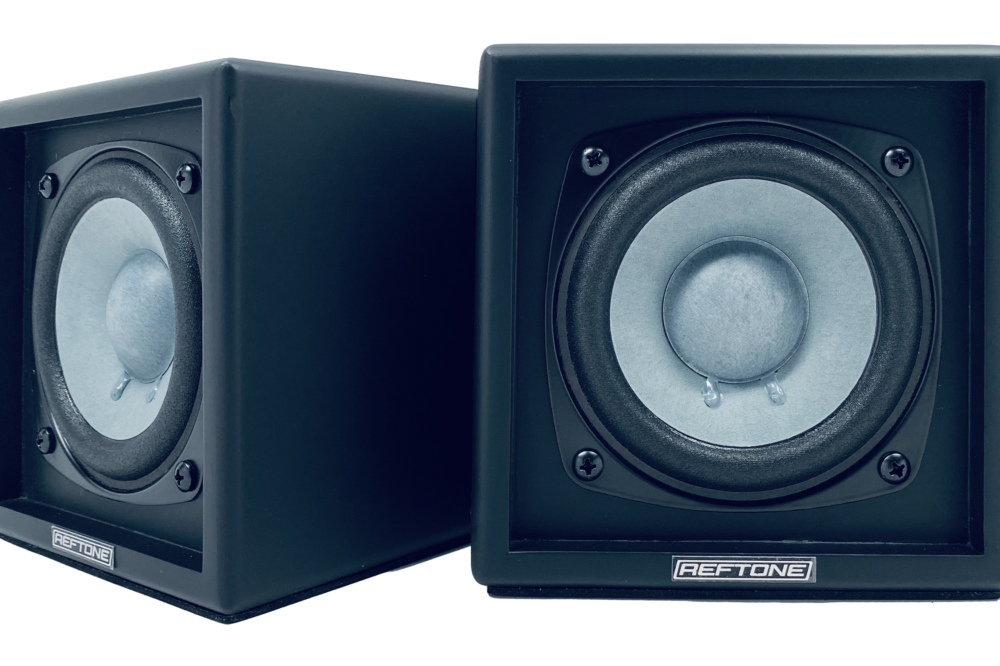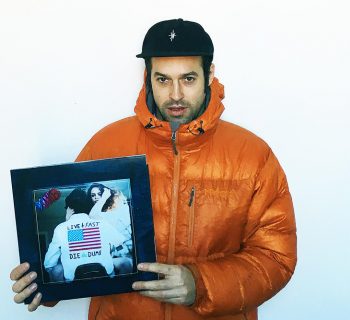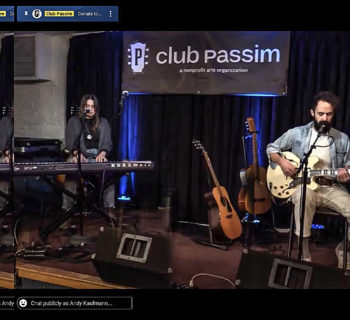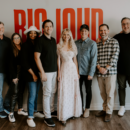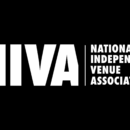Chartmetric
CEO/Founder
Years with Company: 5
Address: 1250 Borregas Ave., Sunnyvale, CA 94089
Phone: 650-605-3428
Web: chartmetric.com
Email: sung@chartmetric.com
Clients: AEG, Warner Music Group, BMG, Live Nation, Paradigm Talent Agency, Rocnation
BACKGROUND
Five years ago, Sung Cho founded Chartmetric. The data aggregator sifts information from more than 25 streaming and social media platforms into one, easy-to-read package. With 2.3 million artists and over 1,000 radio station subscribers, A&R teams, artist managers and music supervisors also access the service, each paying $140 monthly to glean critical industry insights.
Cultural Origins
I’m not from the music industry. So how did someone like me come up with an idea like this? It relates to K-pop. As a Korean-born person, the rise of K-pop was inspiring. Also, it was rapidly rising in popularity in the United States and Europe. Now, it’s an international phenomenon. It was very interesting to see Asian music like K-pop resonating. I thought it would be interesting to measure with large-scale data analysis; maybe I could spot some trends. That was the beginning.
Helping Indie Artists
I always thought it would be extremely rewarding if I could help indie artists. I’m a huge fan of music talent shows such as The Voice and America’s Got Talent. There are some amazing people struggling to get spotted. Why? Since I am a computer science major (I was a software engineer), I thought maybe I could play a role here. Maybe there’s something I can do to help bridge that gap so artists can focus on what they are best at, which is creativity.
Low cost is key, because if it costs $4,000 a month it’s out of bounds. It’s not for indie artists. How can we create a platform that doesn’t cost too much but can deliver powerful insights? That’s the type of tool I wanted to create.
Getting Trendy
We designed the product to make it easier to spot trends. When I say “trend,” it can mean many things. Artists already know where their fans are. Spotify, Apple Music, Amazon Music, Pandora and YouTube all give geographic breakdowns, sometimes even a demographic breakdown.
Still, questions remain. Let’s say you gained 50% more fans in Buenos Aires. Is that the result of [doing] better in that city or simply [because] more people signed up for Spotify subscriptions? More people simply listened to more music in Buenos Aires and that resulted in a gain. Those kinds of things are harder to answer, because you have to know other people’s numbers as well—what’s happening in Buenos Aires for other artists and what’s happening for other artists in Latin America.
Another question you can ask is, “Where am I ranked? Am I in the top 10th percentile? Or [am I] only in the middle?” That’s also difficult to answer. You have better negotiating power if you are gaining fans faster than any other artist. You go to the [negotiating] table and say, “Given this trend, I will have another 50,000 fans by the time we do the concert.”
Relative Performance
Let’s say you have 10 million fans on TikTok. That’s an impressive number, but what does having 10 million fans on TikTok mean? Where are you ranked? We show this so you can see, oh, you are performing outstanding on Facebook, but not so well on TikTok or Instagram. [You] have been focusing on Facebook, but on Instagram and TikTok [you] need to invest a little more.
Putting Events Into Context
In Chartmetric, you will always be able to see growth on Wikipedia, Instagram and YouTube. You can also easily spot any big growth that happens in one day. You can spot those peaks and hiccups. We also provide context. If you did a concert, we mark that. If you appeared on Jimmy Fallon or SNL, we mark that. You can see that this artist appeared on Fallon and that same day gained Instagram fans or a huge increase in Wikipedia page views.
Making Improvements
We have been focusing on the product and not necessarily educating or helping, so we are talking to people about delivering custom insights. Also, as we hear feedback from users, we try to put [those insights] back into our product. There’s no place where we feel like, oh, we have it right. We are constantly making changes to our product, evolving and talking to users to see what new challenges they are facing and what questions they have.
The Rise of TikTok
TikTok is not new. Three years ago, when I met with friends who have young daughters or sons, all these parents had been hearing was, “Mommy and daddy, can you appear in my TikTok video?” Or they were having headaches because their daughters were spending too much time on TikTok. But they felt okay, because TikTok was safe. TikTok really tried hard so [that] the platform is safe for young ages. And when the pandemic hit, going on stage [went away] but that need [to be noticed] never disappeared. Many young people resorted to TikTok to gain that feeling back. Plus, Trump, instead of killing TikTok, made it even more popular. Now everyone knows about it.
Customization
We tried to create something that everyone can use. We provide customization options [so that data can be hidden]. We’re not providing a different product to different people, but what kind of people did we have in mind when we built the product? People working at record labels, artist managers and artists themselves. These are the main targets. Or agencies that are helping artists grow. That’s the focus. People [in those categories] want data insights. Some people want to see this part. Other people want to see that part. We are trying to accommodate those different needs.
Playlists as Curation
People want instant access to music and instant recommendations. People are becoming less and less patient. Streaming changed everything. Fifty million songs were suddenly accessible at the same time. You can jump to anything at any time and it doesn’t cost extra. People feel lost. I have my favorite artists but I know there is more [out there]. Naturally, curation becomes an interesting concept. Spotify paved the way and invested ahead of any other company. And it has proven to be a popular concept.
Increasing Consumption
It’s easier than ever to access music. It’s common that one person has multiple subscriptions—YouTube and Spotify or Apple Music and Amazon or Pandora and YouTube. And also devices––Amazon Echo, Google Home and now Apple. With just your voice, you can trigger music at any time. So consumption will continue to go up. And as consumption goes up, people will want to do more with music.
Following In the Footsteps of Others
Chartmetric makes it easier to see what is happening to other artists. Someone is doing similar music in the same town or in Asia. Maybe there is a trend. Fans are resonating. Learning from those success patterns will teach emerging artists to pave their own way.
Chartmetric gives the ability to look up any artist and see where they are with their music. Let’s say two years ago they were small artists and a breakthrough happened. What was that? We don’t have [all the] answers, but we have been collecting data for five years. We know which playlists they were placed on and how many fans they had across different platforms. We have that snapshot which can give insights and tell what actions to take. •



